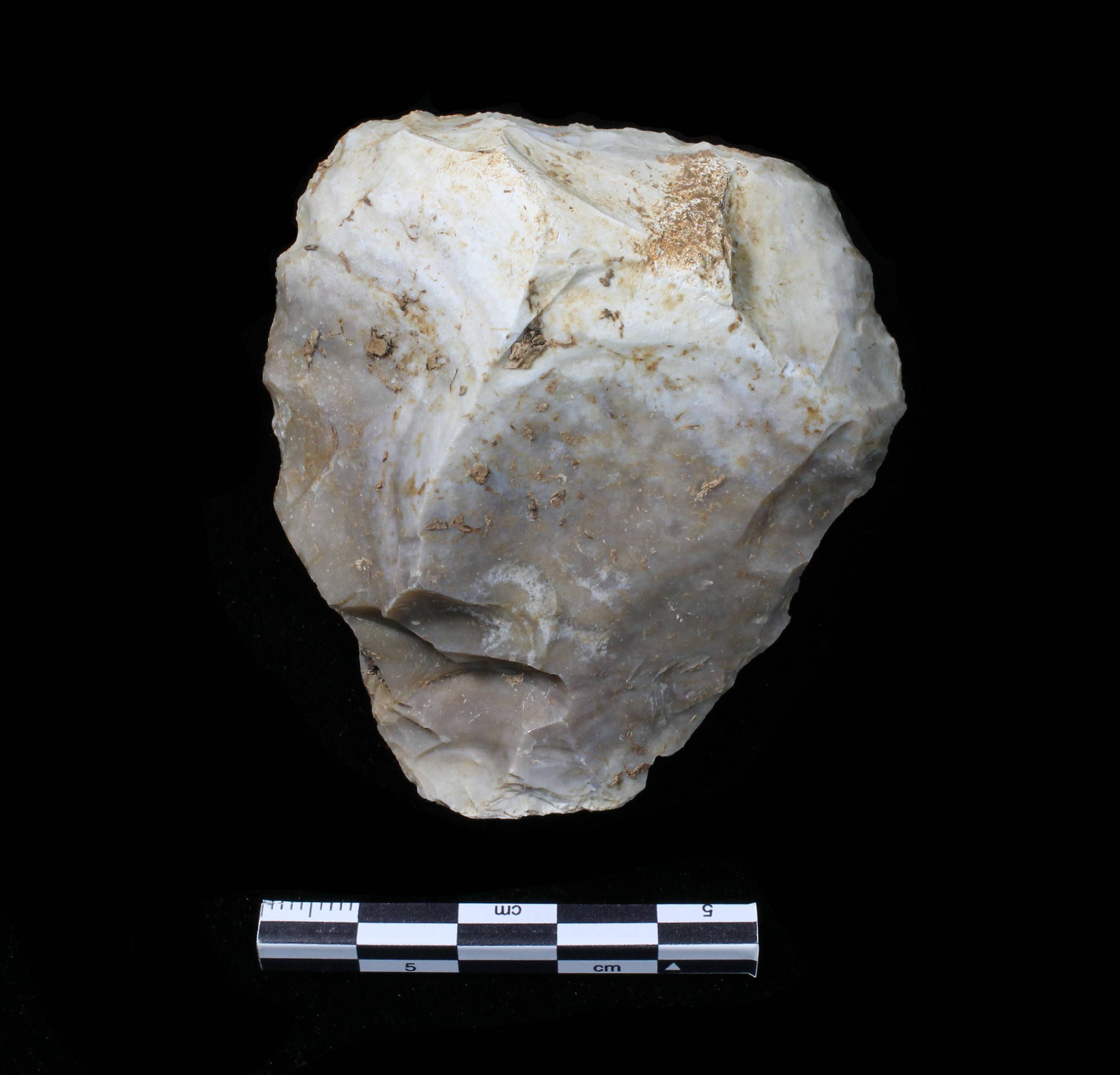Results of Residue Testing
A selection of lithic tools from our 2014 excavations at Spring Lake has undergone protein residue analysis conducted by PaleoResearch Institute (PRI). The goal of this analysis is to identify presence of animal and/or plant proteins on the tools. This data can be used to learn about the kinds of animals that were hunted or butchered by prehistoric people and is often studied alongside results of faunal analysis to assess trends in the availability of different species over time.
Scientists at PRI tested the samples using an immunologically-based technique referred to as counter (or cross-over) immunoelectrophoresis (CIEP or COE). This technique involves the reaction of an antigen and antibody, where a known antibody is used to detect an unknown antigen. The antigen is the unknown protein or proteins adhering to an artifact after its use, while the antibody is a protein made by the immune system with very reactive areas specific for a single antigen molecule. Two specimens yielded positive reactions to animal proteins (antiserum).


An Andice point, diagnostic of the Calf Creek Horizon, produced positive reactions against rabbit antiserum. A Uniface, also recovered from a level associated with the Calf Creek Horizon, produced positive reactions against three different antisera: bear, guinea pig and human. The results indicate that the tool was used to kill and/or process a bear (most likely a black bear) and a member of the rodent family (most likely a beaver or porcupine). The presence of human proteins suggests the tool was likely exposed to human blood through handling or use.

Protein residue analysis is one of the most exciting studies we were able to incorporate into the 2014 Spring Lake Data Recovery. Thanks to the researchers at the PaleoResearch Institute, we now know that the scraper above was used to treat both hides from a small mammal such as a porcupine or beaver and bear hides! The human protein markers are probably from the person who used it, who may have cut their hand while working. This is a great demonstration of how tiny bits of information can begin to come together to tell the story of a group of people.
For more information about what kinds of faunal (animal) remains were found during our excavation, visit our Animal Bones page.
